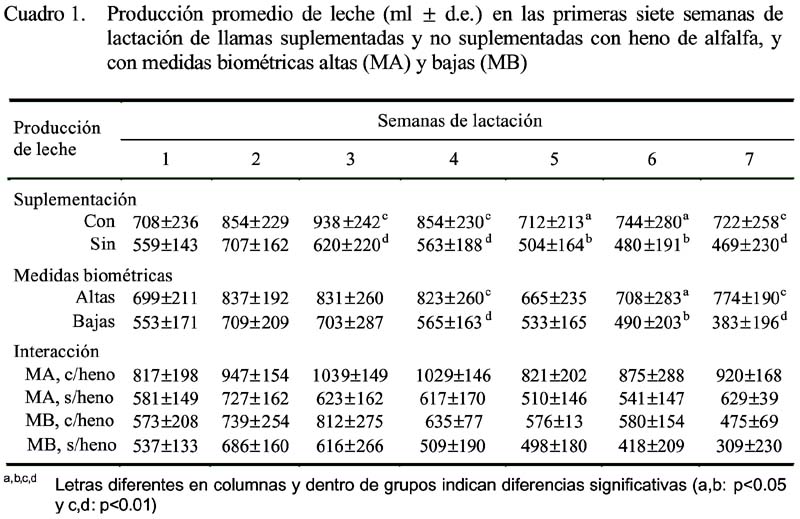Here another estudy, about the Llama milk production in relation to the offspring weigth gain.Yes llama milk is nutritious, but they only produce 60ml at a time. You would have to milk several animals to fill a glass. On the plus side, drinking such small amounts mitigate effects of lactose intolerence. But it’s impractical to scale.
http://www.scielo.org.pe/scielo.php?script=sci_arttext&pid=S1609-91172007000100004#tab03

The Smaller quantity of milk they produced was 300 ML daily after The 7 week, and those were mothers With problems of underweigth and without human provided feeder, in the case of mothers With Good weigth and human provided feeder they produce almost 1.200 ML daily of milk. Not a bad quantity if we take in accounts The llamas weren't breed for milk production.
Now if we are going to do some comparation this must be done With medieval cow and goat milk production,ñ.